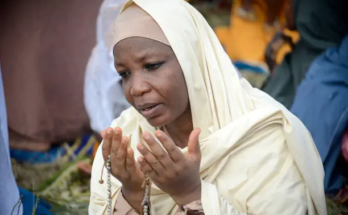
“Scaramouche” unfolds in the turbulent backdrop of the French Revolution, where a man named André-Louis Moreau’s life takes an unexpected turn. Initially, a privileged lawyer with a disdain for the plight of the common people, André-Louis finds himself propelled into a world of political upheaval and personal transformation. The catalyst for this change is a personal tragedy that forces him to flee for his life.
As he navigates the treacherous landscape of revolutionary France, André-Louis adopts the persona of Scaramouche, a clever and elusive character from the world of theater. This dual identity allows him to navigate the dangerous political intrigues and pursue justice for the wrongs committed against him. His journey becomes a captivating dance between love, vengeance, and the pursuit of ideals.
At its core, “Scaramouche” explores themes of social justice, individual transformation, and the complexities of navigating a world in upheaval. André-Louis’ evolution from a detached intellectual to a swashbuckling champion of the oppressed reflects the broader societal changes occurring during the French Revolution.
Read More
The novel is a riveting blend of historical drama, romance, and adventure, with Rafael Sabatini’s masterful storytelling weaving together intricate plots and memorable characters. Through André-Louis’ eyes, readers witness the grandeur and chaos of a pivotal period in history, where personal destinies intertwine with the fate of a nation.
Conclusion
“Scaramouche” stands as a timeless tale of resilience, love, and the enduring quest for justice in the face of societal turbulence. Sabatini’s narrative prowess captures not only the essence of the French Revolution but also the timeless struggle for individual and collective liberation.


